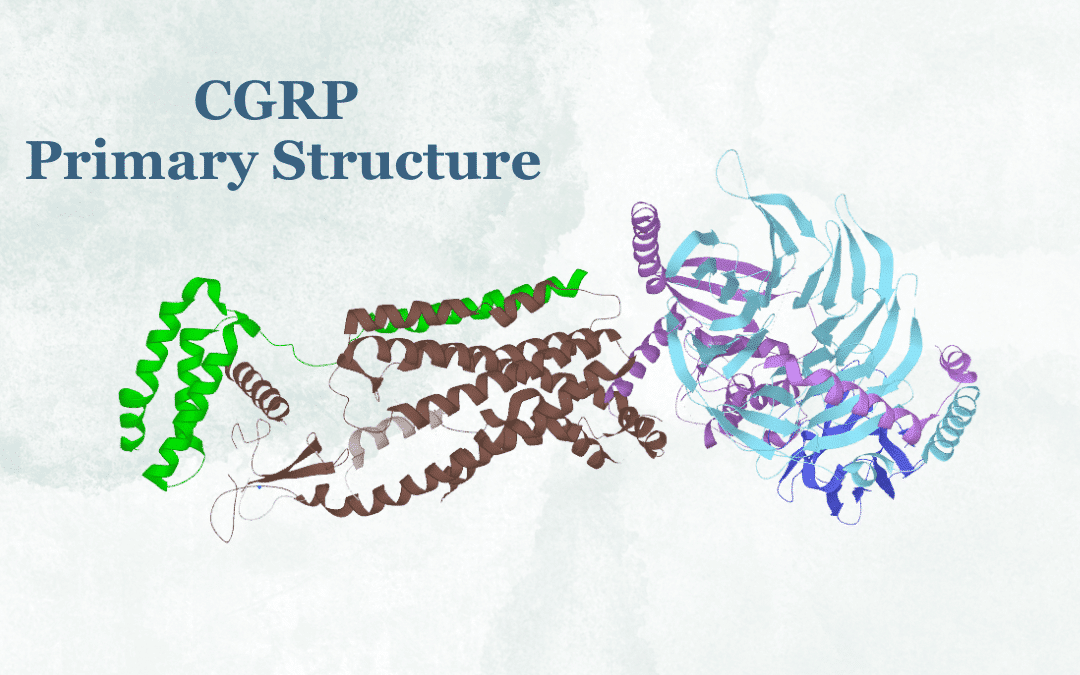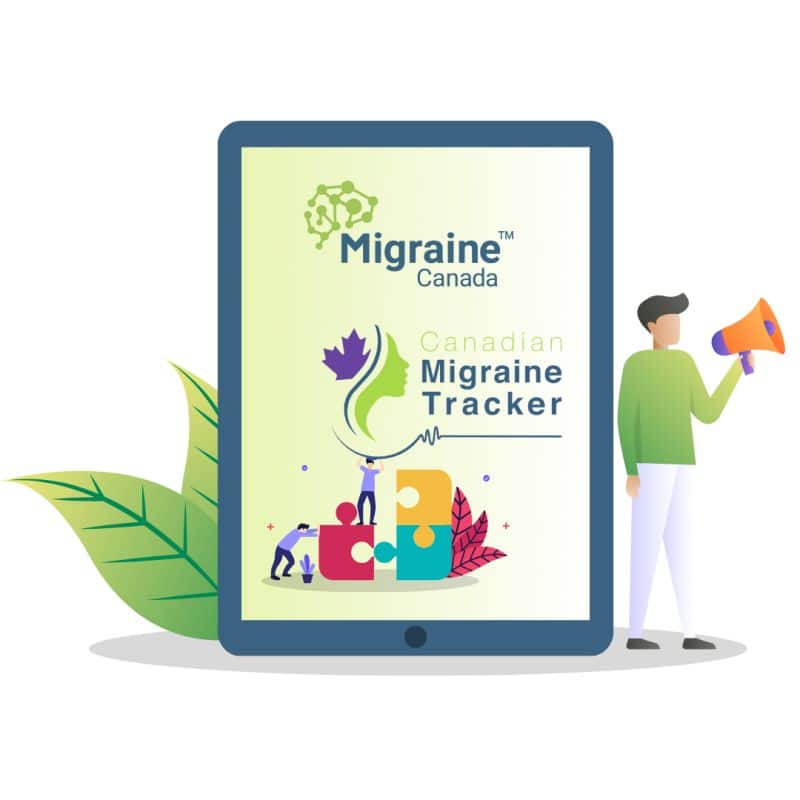Discover the latest advancements in migraine treatment with CGRP monoclonal antibodies. These innovative treatments target the calcitonin gene-related peptide (CGRP), a key player in migraine pathophysiology. In this comprehensive overview, we delve into the effectiveness of various CGRP monoclonal antibodies, including Aimovig, Emgality, Ajovy, and Vyepti.
What is CGRP and how is it related to migraine?
CGRP (calcitonin gene-related peptide) is a substance that is naturally present in our bodies. It plays many roles, including stimulating sensory nerves, which causes pain, and dilating blood vessels. Research has shown that CGRP plays a role in migraine. Blocking CGRP or its receptor with an antibody could treat migraine. For a summary of this process, please refer to our resource on CGRP Monoclonal Antibodies.
CGRP Monoclonal Antibodies: A Comparative Table
Does it make a difference if we target the receptor or CGRP itself?
So far both the antibodies against CGRP and its receptor appear effective and safe according to clinical trials on thousands of patients. There may be more constipation with the target is the CGRP receptor (gepants and Aimovig) but that is not absolute.
What are my chances of responding positively to a CGRP antibody?
A response rate is the proportion of people who will improve after taking a treatment.
- Example of 50% response: Start with 12 migraine days per month, down to 6
- Example of 75% response: start with 20 migraine days per month, down to 5
Overall, here are some approximate response rates (i.e., % decrease in migraine days) from CGRP MAB studies:
If 10 patients try a CGRP MAB, how many will experience:
- 50% response (episodic): 5-6/10
- 50% response (chronic): 4/10
- 75% response (episodic): 3/10
- 75% response (chronic): 2/10
- 100% response (episodic): 1/10
Episodic Migraine: 1-14 days per month.
Chronic Migraine: >15 days per month, 8 of which with migraine attacks.
Other benefits can include a decrease in attack intensity, making attacks easier to treat, and a reduction in the number of days an acute medication is needed.
Which CGRP antibody is the most effective?
CGRP antibodies have not been compared head-to-head to one another. They all have shown effectiveness in the prevention of episodic and chronic migraine in separate studies. There is a lot of variability in migraine in general. NO ONE SIZE FITS ALL! For example, the response to triptans varies from one person to the other. Likely, some people will respond to one antibody, some to another, some to all, and some to none.
Can I predict which CGRP antibody will work for me?
Unfortunately, we don’t have a good way to determine who will respond best to which CGRP antibody.
So how can I choose the one that might be best for me?
You can take into consideration practical aspects such as the way it is administered (IV infusion or injection) or how often it is administered (every 4 or 12 weeks). There may be differences in coverage or patient support programs that change how accessible the medications are.
If one does not work, should I try another?
Real world experience suggests that yes, people who don’t respond to a MAB may still improve with a different one. There are currently 4 different CGRP monoclonal antibodies available in Canada. It is worth trying different ones.
How long should I try a CGRP antibody before seeing a response?
Some people respond very fast, as early as the first week. Others may take 4-5 months to see a response. We have even seen some very delayed response times of over 7 months in those with chronic migraine. In theory, people who have very severe migraine may need more time to improve or even a combination of preventive treatments. The duration of a trial may also depend on what other options are available.
Can I still improve if I have failed other treatments or if I have medication overuse?
Yes to both questions. Studies have shown that people who have failed other preventives can still improve with CGRP antibodies. The same observation has been made for medication overuse. Interestingly, medication overuse and previous failures mostly decrease the placebo response. Please note that people taking opioids (morphine and other) were not included in any studies to date. Opioids should not be used to treat migraine.
What happens when a person who improved with a CGRP antibody stops it?
According to studies, the migraine frequency progressively increases again. CGRP antibodies do not cure migraine. They seem to regulate the CGRP network while they are in the system.
Can I use gepants to treat my attacks if I am on a CGRP antibody?
This is an expert-level question. Many experts will combine an acute gepant with a CGRP antibody but you should always discuss this with your own provider. Using daily gepants with a CGRP antibody may not be safe and we lack data about this so it is not recommended.
For additional information on CGRP antibodies, please refer to these resources:
- Our post on CGRP Monoclonal Antibodies (MABs): Risks and Side Effects
- Our post on CGRP Monoclonal Antibodies: Access and Coverage
- Watch our YouTube Webinar on CGRP Monoclonal Antibodies Part 1 and Part 2 for an in-depth discussion on how these treatments work and their impact on migraine prevention.
- CGRP-Blocking Antibodies: Q&A With Dr. David Dodick
- What to Know About the New Anti CGRP Migraine Treatment Options
References
- Tepper SJ. History and Review of anti-Calcitonin Gene-Related Peptide (CGRP) Therapies: From Translational Research to Treatment. Headache. 2018;58 Suppl 3:238-75.
Post #912



